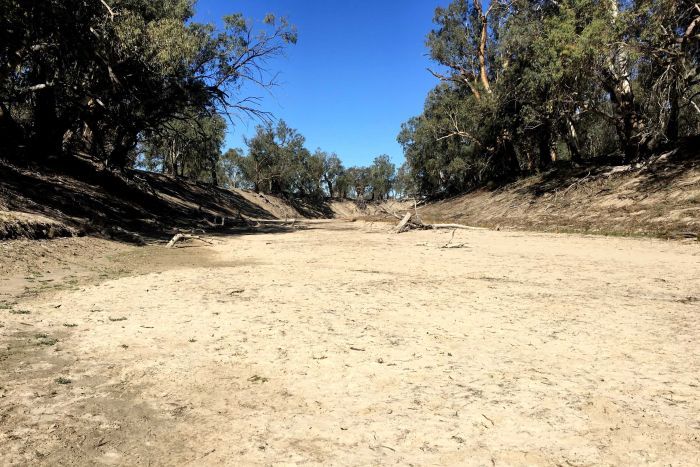Multi-model drought predictions using temporally aggregated climate indicators

Extreme hydrological anomalies such as drought have significant impacts on infrastructure and socio-environmental systems. Skillful prediction of droughts is essential for reducing those impacts. For example, water sharing and allocation amongst stakeholders can be optimized with reliable information on plausible future droughts, leading to resilient water management systems. Droughts of most concern for water resource management in Australia and many other countries occur over a year to multi-year period often represented with drought indicators estimated from aggregated rainfall at longer time scales (e.g. Standardized Precipitation Index, SPI).
Large-scale climate indices derived from Pacific and Indian Ocean sea surface temperature anomalies (SSTA) are assumed to be reliable predictors of droughts in Australia because these climate indices are well linked to rainfall variability. However, due to significant differences in the variances of long-term droughts and raw climate indices skillful prediction is limited. Therefore, in this study we assessed the merit of distorting the time aggregation of such indices before casting them into the prediction model.
We developed an alternative approach where aggregated climate indices at different temporal windows were used as predictors to predict long-term droughts (i.e. response) represented by a drought index (i.e. SPI) at 12-month and 36-month time scales. The aim was to optimize the strength of relationships of the drought index and climate indices by tuning the frequency of climate indices using an aggregation technique. We used Partial Information Correlation (PIC) to identify the best predictor sets from the pool of predictors. K-nearest-neighbor (KNN) modelling approach was used to develop SPI prediction models. For observed SPI, we used gridded precipitation data across Australia and predicted SPI at each grid location separately. Results showed significant improvement in prediction of SPI when aggregated climate indices were used instead of raw climate indices.
Significant variability in optimum aggregation window lengths of selected climate indices suggested potential of building multiple models with different predictor sets. We introduced an algorithm to identify four distinct but competent predictor sets and formulated four constituent prediction models at each grid location. We employed a model combination approach to estimate the multi-model average weighted on an error co-variance matrix from the four models. Model combination was found useful in reducing structural uncertainty and further improved the prediction efficiency. The multi-model ensemble outperformed all of the constituent models. Choice of predictors to use in the model introduced model structural uncertainty, which was quantified by estimating standard deviation of four SPI predictions (corresponding to four models) at each time step and used to construct prediction limits (at 95% significance level).
Prediction of droughts using climate indices estimated from SSTA suggests we could consider SSTA information from general circulation models (GCMs) for future drought risk. Directly projecting drought from GCM simulated precipitation is questionable due to inaccurate simulation of low frequency variability of precipitation. In contrast, since GCMs can more reliably simulate SSTA over the Pacific and Indian Oceans, this study provides a new insight into the approaches that may improve future drought quantification and projections. Additionally, this study should also be useful for scientists who are interested in applying the method to any other systems that are influenced by the low frequency variability of climate modes.
Paper: Rashid, M.M., Sharma, A. and Johnson F. (2020) Multi-model drought predictions using temporally aggregated climate indicators, Journal of Hydrology, 581 124419. https://doi.org/10.1016/j.jhydrol.2019.124419
